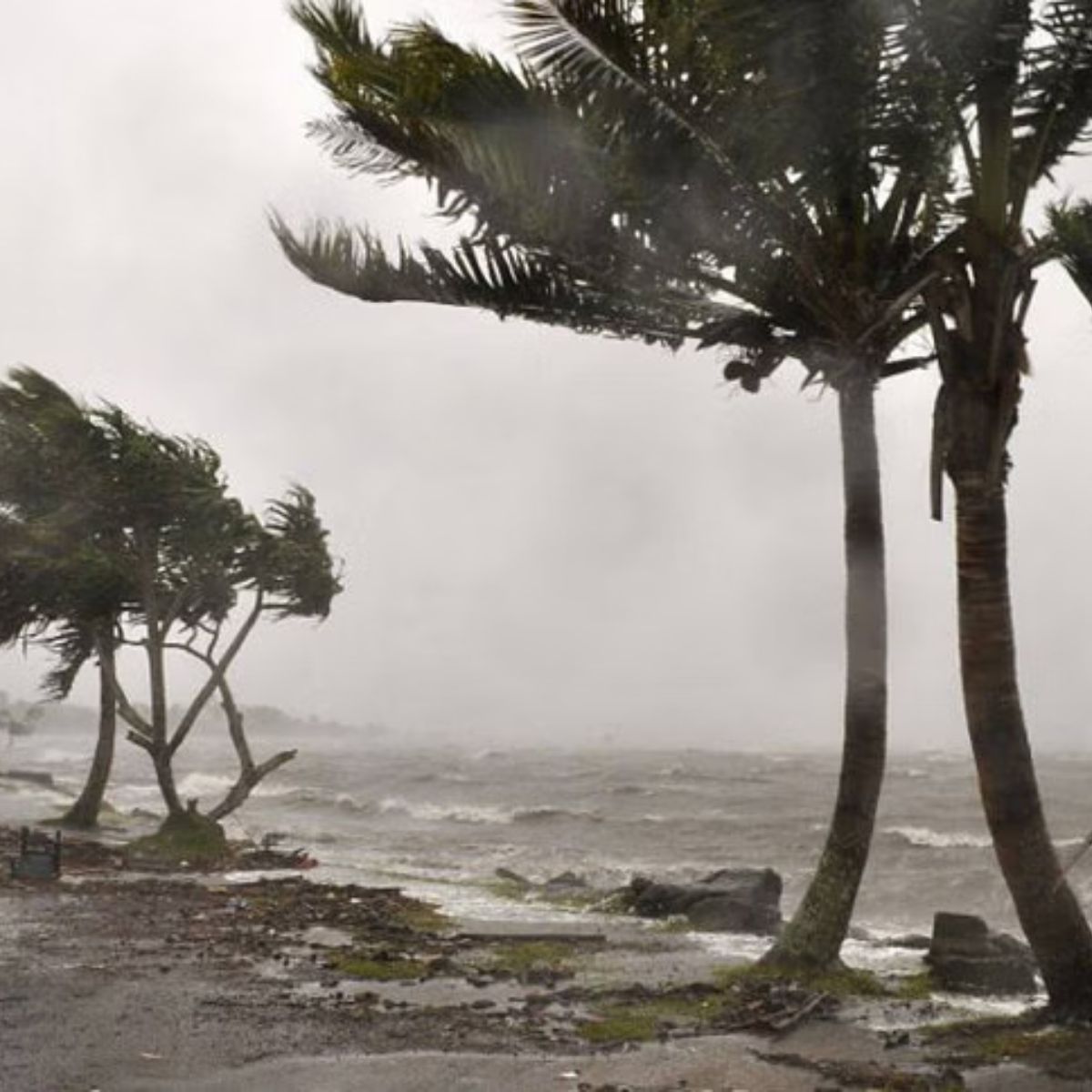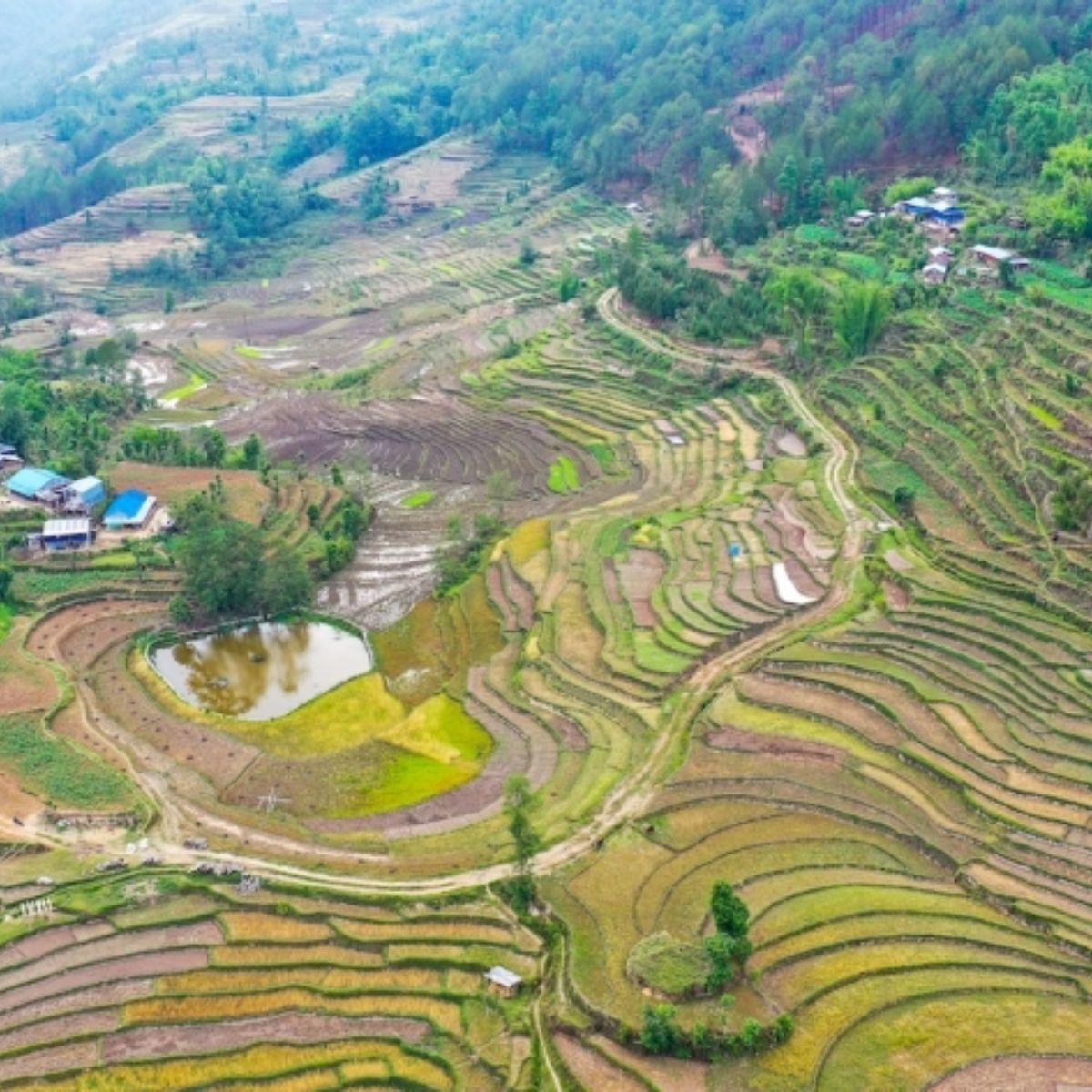What Asia can do to fight climate change
Source: The Daily Star
Date: 30 Aug 2023
The Asia Pacific region holds immense importance in the context of climate change. With major greenhouse gas emitters like China, Japan, and India and vulnerable low-lying areas facing increasing threats from flooding, recent devastating events like flooding in China, India, and South Korea underscore the region’s vulnerability.
South Korea is actively responding, reducing emissions, investing in renewable energy, and organizing events like Korea Global Adaptation Week. Urgent investment in adaptation, a shift from project-based to actionable adaptation funding, collaboration among countries with similar ecosystems, capacity building, and leadership commitment are crucial steps toward preventing a climate catastrophe in the Asia Pacific.
World Bank Helps Bhutan Achieve Resilient and Green Development
Source: The World Bank
Date: 23 Aug 2023
The World Bank has granted a $50 million financing package to bolster Bhutan’s economic resilience and sustainability. The funding, under the Second Green and Resilient Growth Development Policy Credit, will enhance private sector-led growth, focusing on fiscal sustainability, improved access to finance and markets, and green growth centered on renewable resources.
It will also aid in monitoring public debt, stimulate the digital economy, and lower trade costs for cross-border commerce. Additionally, the program will support Bhutan’s climate-vulnerable natural resources and biodiversity conservation while promoting carbon credit generation from hydropower and renewable resources for climate mitigation and adaptation efforts.
On Nepal’s slopes, villages brace for a worsening monsoon
Source: UNEP
Date: 24 Aug 2023
Nepal is grappling with amplified monsoon season consequences, with recurring floods and landslides causing devastation. Despite contributing only 0.02% of global greenhouse gas emissions, Nepal is acutely vulnerable to climate change due to its geography, notably the rapidly melting Himalayan glaciers.
To mitigate these impacts, the Ministry of Forests and Environment has transformed hillsides into agricultural terraces, reducing runoff and soil erosion during heavy rains. Local communities have also been trained to protect uphill forests, crucial for preventing landslides. This ecosystem-based adaptation project is restoring almost 1,300 hectares of forests, benefiting over 56,000 people and fostering climate resilience in Nepal.



